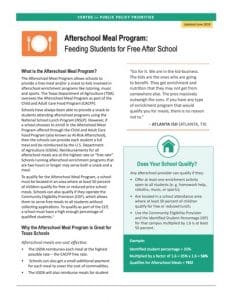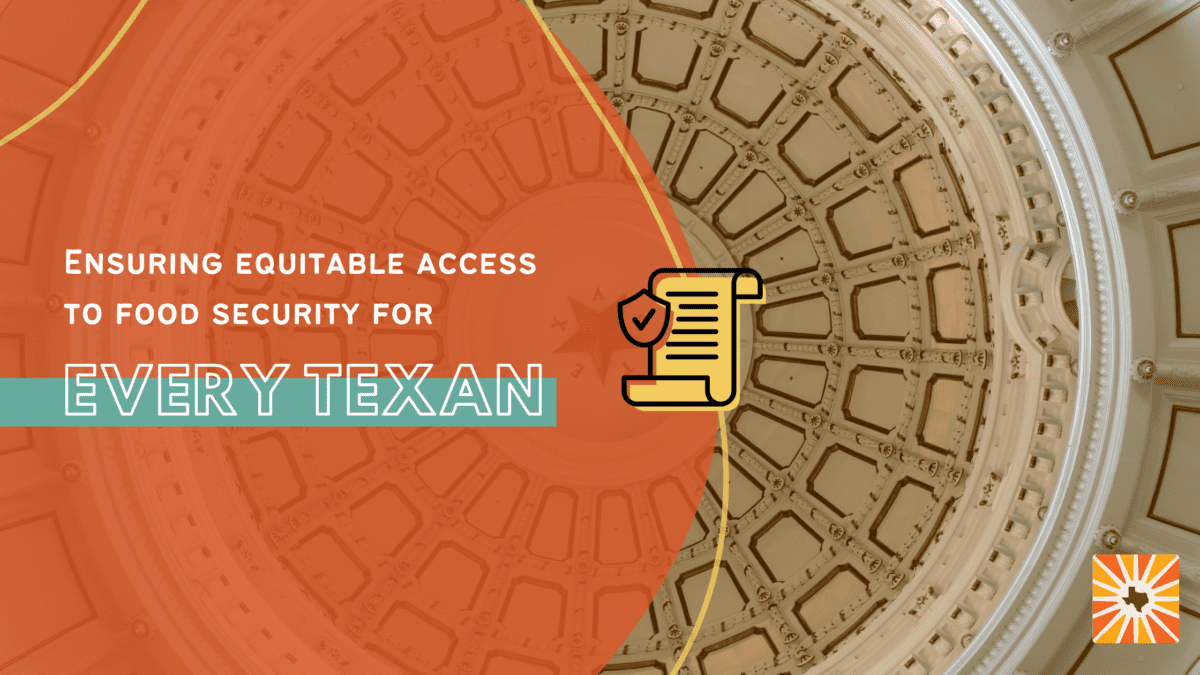
Recommendations on Texas Health and Human Services Commission Legislative Appropriations Request FY 2026-2027
Every Texan appreciates the opportunity to provide written recommendations to the Texas Health and Human Services Commission (HHSC) regarding the agency’s development of the Legislative





